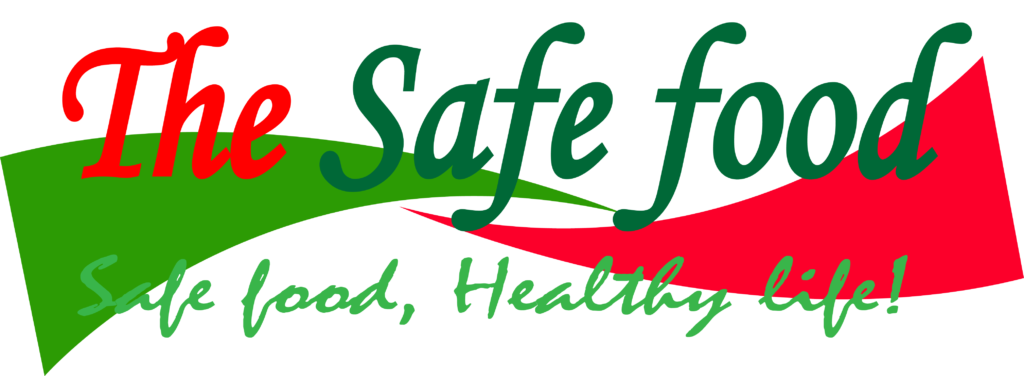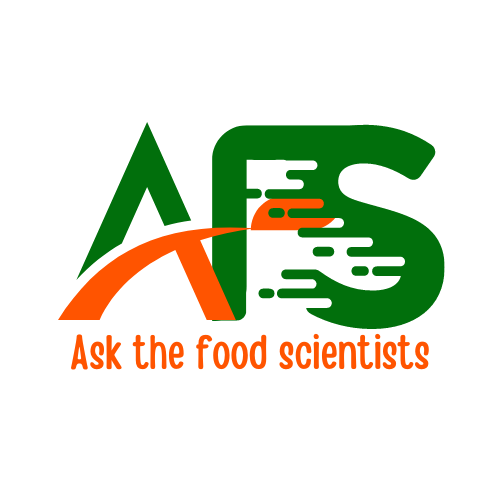According to the World Health Organization [1] there are five keys to food safety that have potential to ensure that the food we consume is safe.
These include:
- Keeping clean
- Separating raw and cooked food
- Cooking thoroughly
- Keeping food at safe temperatures
- Using safe water and raw materials
Food safety knowledge is for all!

Every consumer deserves to have high quality and safe food. …Read more!

Keeping clean
Keeping clean simply means:
- Washing your hands thoroughly and regularly after visiting the washroom, before handling food, before eating food
- Maintaining hygiene and sanitary status of any surfaces where food is prepared, served, especially in the kitchen
- Maintaining personal hygiene – cleaning your cloths, aprons, hair caps
- Maintaining the environmental hygiene which has potential to influence the hygiene and sanitary status of the food environment
Separating raw and cooked food
Cooking food not only enhances the palatability but also enhances its safety. This is because pathogenic microorganisms that could have been in the raw food can be destroyed if the food is sufficiently heated.
Raw food has potential to have contaminants that can easily end up in the ready to eat food stuffs if these two come into contact. Thus, these must be kept separate as the ready to eat food will no undergo any further processing or preparation that can get rid of any contaminants.
Separation can be achieved by:
- Storing raw materials away from the food preparation areas or surfaces
- Ensuring that any handling of the raw materials during preparation is done away from the preparation areas e.g. peeling of potatoes or cutting meat should be done away from any surfaces where the final prepared food will be handled
- Equipment such as knifes that are used on raw materials should not be used on the finished food unless they are thoroughly cleaned
Cooking thoroughly
In the food industry, it is easy to ensure that heat treatment is sufficient as heat treatments are time temperature controlled, meaning that a targeted temperature is achieved and maintained for a specified time to achieve a certain target. For instance, milk pasteurization can be done at 72 degrees C for 15 seconds to ensure that Mycobacterium tuberculosis is destroyed to ensure that the milk is safe.
At the home setting, cooking thoroughly is not “quantified” as in the food industry. However, if food is sufficiently cooked, the chance of achieving safety is very high.
Therefore, cooking thoroughly helps you to avoiding eating food that is raw or cooked slightly since the pathogens present will not have been destroyed and the chance for infection would be high.
This can be achieved through a number of ways:
- Thoroughly boiling food while cooking
- When reheating food, thorough boiling should be done
- Avoiding food preparation methods such as roasting that may leave patches of food not adequately heated
Keeping food at safe temperatures
Storage of food has potential to influence the safety of the food. If food is stored at temperatures that encourage the growth of pathogens, these microorganisms may proliferate to numbers that may cause diseases or produce toxins that may cause the disease when the food is consumed.
This can be achieved through:
- Storing foods that require refrigeration at refrigeration or freezing conditions – this reduces the rate of growth of any potential pathogens present in the food
- Avoiding temperature abuse which results in proliferation of the pathogens when the temperature is abused. Eventually, the food may seem safe, although contaminated.
- If the food is to be store hot, it should be held at high temperatures above the temperatures where thermophiles may be able to proliferate. This is because, if the food is held at temperatures that are optimum for these thermophiles, they may grow increasing in numbers or producing toxins.
Using safe water and raw materials
Garbage in is garbage out. The quality of raw materials that is used in food dictates the quality of food that is prepared. If the food is heavily contaminated the probability of the food prepared being contaminated as well is very high.
If the water that is used is also contaminated, even when the raw materials are safe, the final prepared food may be contaminated with pathogens.
This can be achieved through:
- Using and drinking potable water
- Using raw materials that are of good quality e.g. raw materials such as vegetables planted on sewage fields may be heavily contaminated with microorganisms
- Thoroughly cleaning raw materials before using them
Our Blog ↗
Read the latest from our blog
Ask a Question ↗
Ask a question and get answers from our community
Give Feedback ↗
We value your feedback.

